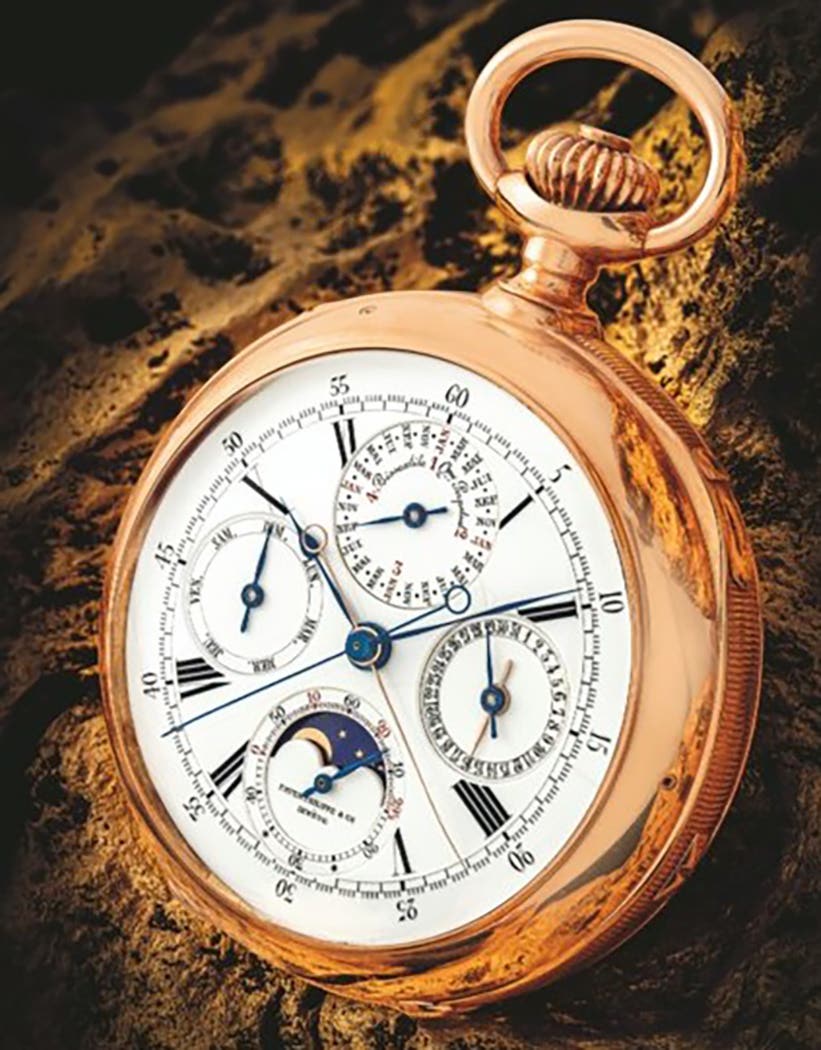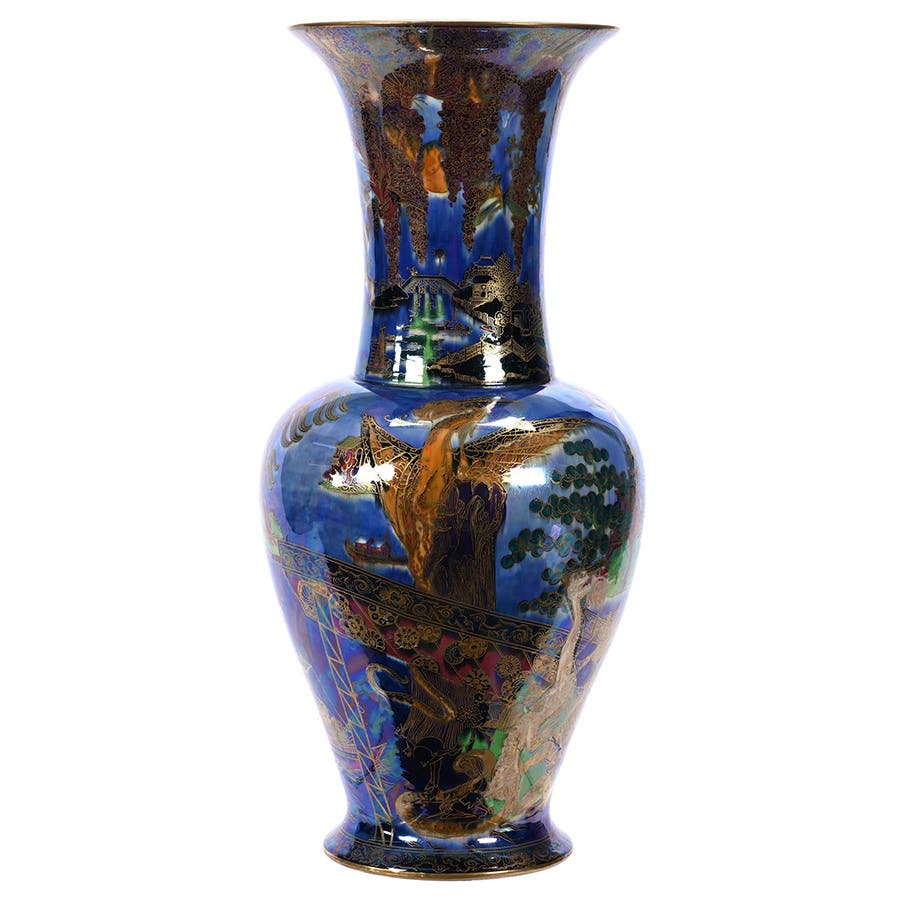Rare Gowns Found in Trunks Unpack Important Fashion History
The cache of couture owned by an American heiress is one of the most important collections of the celebrated design house Callot Soeurs, one of the great names in Belle Époque fashion.
Numerous Louis Vuitton steamer trunks sat abandoned for decades in a forgotten storeroom in a fifteenth-century Florentine villa. When a painting conservator eventually stumbled upon the trunks, what she found inside were not only 38 beautiful gowns, but a lost piece of fashion history was also unpacked, along with the life of Hortense Mitchell Acton, the wealthy American banking heiress who owned them.
Twenty-one of the incredible dresses had a silk label with “Callot Soeurs” hand-woven onto it. Callot Soeurs was a celebrated design house in Paris and one of the most famous names in Belle Époque fashion. The house’s top seamstress was Madeleine Vionnet, one of the most innovative and influential designers of the twentieth century who rejected corsets and buttons and pioneered the bias-cut dress.
Not many haute-couture creations designed by Callot Soeurs have survived. Hence, the gowns found decaying inside the trunks in 2004 were a rare and significant discovery, and the collection is one of the most important archives of the couturiers in the world. They were first shown in The New Yorker in 2015.
As the daughters of a lacemaker and painter, the Callot sisters — Marthe Bertrand, Joséphine Crimont, Marie Gerber, and Régine Tennyson-Chantrelle — opened their first shop in Paris in 1879. Selling the ribbons, lace, and lingerie that were coveted for the ornately detailed fashions of the era helped their business thrive. By 1895, their success allowed the business to expand into a couture house under Callot Soeurs (the French word for sisters). After Joséphine committed suicide in 1897, the other three sisters continued to run the business.
The label became known for its resplendent and romantic gowns, highly ornamented creations of weightless layers inspired by the Near and Far East. The sisters also abandoned corsets and the S-curve of the 1890s and favored a more natural feminine shape instead.
Vogue magazine referred to them as the Three Fates and declared they were “foremost among the powers that rule the destinies of a woman’s life and increase the income of France.”
Their reputation snowballed throughout Paris, and the 1900 Paris Exposition introduced them to an international clientele. The house became regarded as the vanguard of Belle Époque fashion and set the standard for elegance at the beginning of the twentieth century. The sisters’ creations helped usher in a new era of style and became a staple in the wardrobes of society women throughout Europe and the United States.
One of these society women was Hortense Mitchell Acton, who owned these dresses and the villa they were found in, La Pietra.
Built by a Medici banker, the 62-room Villa La Pietra, located in the hills outside of Florence, Italy, was bought in 1907 by Acton, a Chicago heiress married to Arthur Acton, an English antiques dealer, and art collector.
Acton was a faithful client of Callot Soeurs and bought the sisters’ designs from the first time they opened their doors until they closed them in the 1930s. The surviving custom-made gowns show the complexity of the Callots’ designs and their craftsmanship and innovation. They also show their skill at working with two of their favorite materials, lace and lamé, that they were among the first designers to use.
La Pietra provided the perfectly grand backdrop for Acton to drape herself in those Callot Soeurs gowns when she hosted parties. Her lavish soirees drew important writers, artists, politicians, actors, and members from the cosmopolitan milieu. Everyone from Winston Churchill to Gertrude Stein attended these parties, according to New York University, which is now the caretaker of La Pietra.
When the Fascists rose to power in Italy in the 1920s, most of Florence’s expatriates fled. Hortense wanted to leave as well, but her husband wanted to stay to protect his collections and their villa, but in 1940, the police confiscated La Pietra and its contents (but overlooking the dresses). Being an American, Hortense was considered a hostile foreigner, and she was jailed, but she and her husband eventually escaped to Switzerland. After Hortense died in 1962 at age 90, her gowns were still in the trunks.
NYU was bequeathed La Pietra in 1994 by the Actons’ son, Sir Harold Acton, the Oxford memoirist, historian, and aesthete, who had tucked away his mother’s gowns in the steamer trunks. When they were discovered in 2004, they were in good condition for being so old. Still, as The New Yorker story notes, chemicals from glass beads leached into the fabric, sequins deteriorated, and embellishments tore the tulle they adorn.
After a survey and conservation treatment to make them stable for temporary display, the university said five of Hortense’s rare and expensive Callot Soeurs dresses were presented to the public at Villa La Pietra. In NYU’s online exhibition, these dresses represent different fashion styles between the early 1900s and 1930s. The fashions are put into the context of five other rooms of the villa to allow visitors to get to know Hortense Mitchell Acton through these dresses and accompanying artifacts.
For example, Acton’s well-loved pink and cream silk evening gown represents the early stage of her life at La Pietra. It can be dated around 1907 when her portrait by the Detroit painter Julius Rolshoven was commissioned and displayed in the villa.
With her husband, Hortense shared an appreciation for the arts and kept many noteworthy artists within her networks, such as Jacques-Emile Blanche, and James Montgomery Flagg. These influential artists’ works can also be found throughout the collection today. The university said the painting by Rolshoven is the only portrait in the group where Hortense is wearing one of the gowns from her haute couture wardrobe.
Today, Callot Soeurs’ legacy remains understudied. However, the couture house is still widely recognized, and its fashions are collected. The sisters’ designs feature prominently in museum collections worldwide, perform well at auction, and can sell for thousands, such as this 1927 flapper dress.
Although they require great care and are challenging to preserve because of the array of different materials the sisters used in making them, the 21 lavish Callot Soeurs' gowns continue to live on in a room on the villa’s fourth floor.To learn more about Acton's life and see more in the collections, visit Villa La Pietra.








